Flashback Guide: writing tips on Flashbacks and how to write them in Your Story
Trying to write flashbacks is a crucial skill to learn if your novel spans multiple time periods or heavily features characters' memories. Here are seven essential steps for writing a flashback scene:
Here's how to begin writing flashbacks:
Understand why your story requires a flashback.
In order to gain insights, look at examples of flashbacks in fiction.
Choose a timeframe for your flashback.
Make a list of the information that will be different.
Know how to write vivid flashbacks in a consistent tense.
Make a decision on how you should transition to flashback scenes.
To unravel each stage a little further.
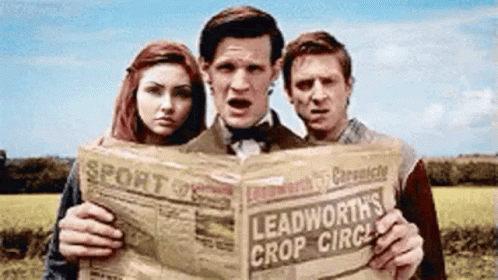
1. Determine why your story requires a flashback.
In many novels, the story's events occur chronologically, in direct succession from event to event. Flashbacks, on the other hand, are useful for showing characters' memories or large leaps in time in stories involving characters' memories or large leaps in time. Characters' present-day psychologies and decisions are influenced by formative or pivotal moments.
In literature, what is a flashback?
Flashbacks are scenes from a time period prior to the main story arc that are implanted into the current narrative time-frame. An example of a flashback: A female storyteller in her fifties recalls day when her younger brother drowned during a family vacation.
The preceding example highlights an important aspect of flashbacks: Flashbacks usually recall an emotionally charged scene. They depict characters' haunting memories, but they can be profoundly happy moments.

Choosing whether or not your story requires a flashback
Exposition can be used instead of writing flashbacks. Your main character can remember the day a devastating or wonderful event occurred. Nonetheless, trying to describe the scene as significant enough to the main story arc to deviate from narrative continuity? How will I communicate to the audience that it is indeed a flashback rather than an event taking place in the present start of the story?
It will not end up making your story less cohesive if your flashback includes important insights or theories for your characters' personalities and/or actions. The flashback will not cause confusion if readers understand it is a flashback (rather than present-day narration).

2. Examine examples of flashbacks in fiction to gain insights.
Writing flashbacks is a form of time travel storytelling. It can be difficult to get it right. Investigate novels that employ this narrative device to see how other authors handle flashbacks. The opening of F. Scott Fitzgerald's The Great Gatsby, where the storyteller Nick Carraway remembers formative advice given to him by his father, is indeed an outstanding demonstration of a flashback:
‘In my younger and more vulnerable years my father gave me some advice that I’ve been turning over in my mind ever since.
“Whenever you feel like criticizing any one,” he told me, “just remember that all the people in this world haven’t had the advantages that you’ve had.”’
This flashback gives the impression of a persona who is attentive and self-aware from the start. It also creates one of The Great Gatsby's central themes: how people respond to their advantages or disadvantages.
This is just a small piece of a flashback. There are also longer examples. In J.K. Rowling's Harry Potter and the Goblet of Fire, for example, there is a setting in which Harry uses a memory-storing magical device known as a 'pensieve' to watch a court hearing from many years ago. The hearing is critical to comprehending current narrative events. Despite the fact that the scene is not from Harry's memory, it functions in the same way as a frequent story flashback.
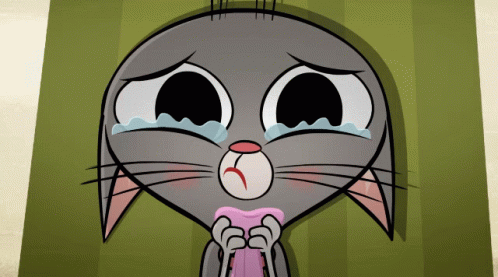
3. Determine the time span of your flashback.
When writing a flashback, it's critical to select a reasonable timescale for the scene. A flashback is typically comprised of a single dialogue or upcoming event over the course of a single day. There's nothing stopping you from inserting an entire week's worth of events into the midpoint of your story. Keeping your flashbacks brief, on the other hand, will ensure that the reader isn't too preoccupied from the current plotline of your story.
It is preferable to summarize a whole year in your character's life in a few lines of expositional dialogue narrative if you want to communicate how that year was formative in their life.
4. Make a list of any information that will differ during your character's flashback.
The times have changed. Because time isn't constant, show how your protagonists and their circumstances have changed all through your flashback scene. Consider how slang, music, and other historical details differ if a persona living in 1999 recounts the 1960s.
A few minor details (as in a song on the radio or perhaps a summary of a period haircuts) can indicate that we've traveled back in time in the narrative. List the most substantial differences between your character's current life and their life during the flashback period. Although not all of the details end up in the story, they will help you hit an authentic tone.
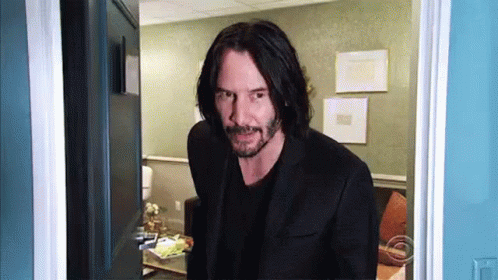
5. Discover how and when to write a flashback with consistent tense.
New authors, in particular, struggle with tense. You have several options: you can start writing your flashback in the very same tense as the present-day narrative, distinguishing time periods with obvious reference to the year. As an example:
‘It was November in 1960. The King’s ‘Are You Lonesome Tonight?’ was playing over the radio as we crowded around our mother’s kitchen.’
You also could start writing your flashback in a various tense than the rest of your story. For example, if the majority of your novel is written in the recent past tense ('The doorbell rang as I awoke,' you can write your flashback scene in the present tense:
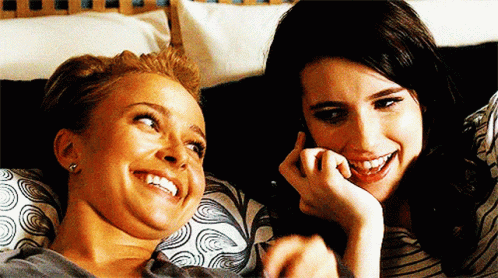
6. Plan your transition to flashback scenes.
Recognizing how and when to trim to the scene that remains outside of your story's main chronology is an important step in writing an effective flashback scene. Your flashback scene, like with all story scenes, should be well-structured.
Here are some ideas:
• Rather than writing a brief introduction to a flashback, begin your flashback just at beginning of a scene or story arc. This makes the transition less evident – you can indicate a change drastically this way.
• Try and put flashback scenes after powerful scenes in your story's present. When the flashback is finished, the reader will be able to pick up where the existing narration left off.

7. Make sure your flashback concentrates on a solitary event or experience that contributes to your story's arc.
When you've finished writing your flashback scene, double-check that it's completely relevant to the later story. A flashback scene in a murder crime novel may provide an important clue about the identity of the murderer. This could show an important developmental familial relationship, conversation, or conflict that shapes your character's outlook in a character-driven family saga.
Make sure your flashback event draws your reader's attention to a key component that will help your reader understand key later scenes. This way, even if the storyline does not follow, your story would then feel cohesive.

#information#flashbacks#story#flashback#examples#Guide#howto#flashbacks#write#flashbacks#character#writing#howtowrite#flashbacks#information#flashbacks#story#flashback#examples#Guide#howto#flashbacks#write#flashbacks#character#writing#howtowrite#flashbacks#information#flashbacks#story#flashback#examples#Guide#howto#flashbacks#write#flashbacks#character#writing#howtowrite#flashbacks#information#flashbacks#story#flashback#examples#Guide#howto#flashbacks#write#flashbacks#character#writing#howtowrite#flashbacks#information#flashbacks#story#flashback#examples#Guide#howto#flashbacks#write#flashbacks#character#writing#howtowrite#flashbacks#information#flashbacks#story#flashback#examples#Guide#howto#flashbacks#write#flashbacks#character#writing#howtowrite#flashbacks#information#flashbacks#story#flashback#examples#Guide#howto#flashbacks#write#flashbacks#character#writing#howtowrite#flashbacks#information#flashbacks#story#flashback#examples#Guide#howto#flashbacks#write#flashbacks#character#writing#howtowrite#flashbacks
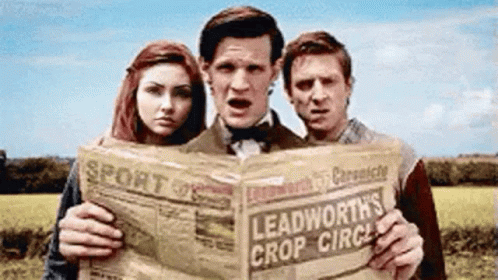


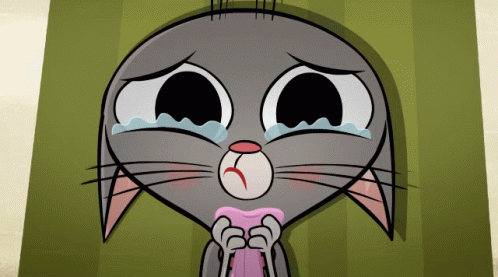
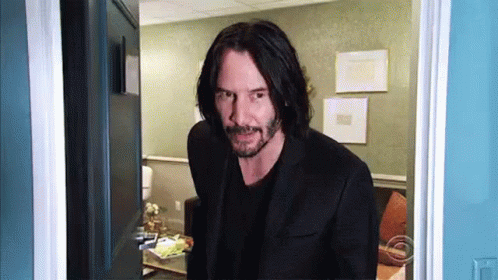
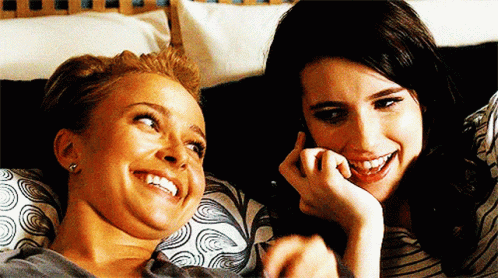
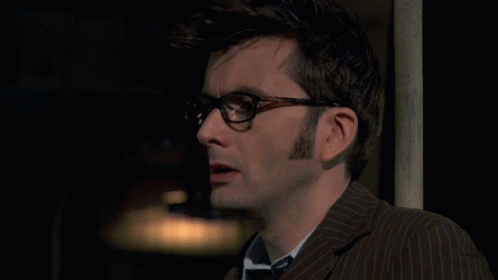

This is nice. What I struggle with when it comes to flashback 4 is knowing how to transition properly especially when it comes in the middle of a story